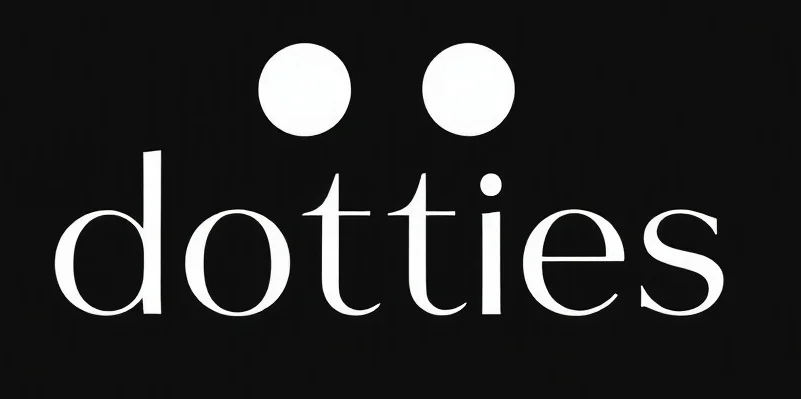The Art and Science of High Quality Image AI
Imagine trying to paint a masterpiece with a brush that has a mind of its own. That’s how it feels to work with AI in generating high-quality images. We’re constantly balancing the art of creativity with the science of algorithms, and sometimes, the results are as unpredictable as a cat on catnip. For those diving into the world of high quality image ai, the experience can be both exhilarating and, occasionally, head-scratching.
What Exactly Is High Quality Image AI?
High-quality image AI refers to the use of artificial intelligence to create, enhance, or manipulate images that meet specific standards of clarity, detail, and aesthetic appeal. Unlike your average photo filter app, these AIs are designed to understand and replicate intricate patterns and textures that are often challenging for traditional algorithms.
Think of them as digital artists, trained to mimic the complexities of human creativity while possessing the analytical precision of a seasoned engineer. But, like any intern, they require guidance and clear instructions to avoid turning your portrait into a Picasso-esque abstraction.
The Challenges in Image Generation
Despite their capabilities, AI models often struggle with aspects that seem trivial to humans. Take hands, for instance. Our five-fingered friends can end up looking like they belong to a species from another galaxy when left to the devices of an AI. This isn’t because the technology is flawed, but because it’s still learning—like a toddler trying to color inside the lines.
Another hurdle is the infamous “hallucination” problem. Sometimes, AI can conjure details that were never present in the original dataset, much like how your memory might embellish a story over time. This can result in images that are impressively creative yet diverge from reality.
Applications and Implications
Despite these quirks, high-quality image AI has found its niche across various industries. From fashion brands creating virtual fitting rooms to real estate companies generating immersive property tours, the potential applications are vast and varied. The key is in how we harness this potential without over-relying on the technology.
It’s crucial to remember that AI is a tool—not an artist. It can enhance our capabilities, but it cannot replace the nuanced judgment and emotional depth that humans bring to the creative process. By keeping AI human-centered, we ensure that it serves us rather than the other way around.
Actionable Business Recommendations
- Understand your needs: Before integrating high-quality image AI, identify what you aim to achieve. Are you looking to enhance existing images, create new ones, or perhaps automate a repetitive task?
- Invest in training: Like any good intern, your AI needs training. Ensure your team understands how to work with AI, including its limitations and potential pitfalls.
- Start small: Begin with a pilot project to test the waters. This allows you to gauge AI’s effectiveness and suitability for your specific requirements without a significant upfront investment.
- Iterate and improve: Use feedback from initial projects to refine your approach. AI technology is continually evolving, and so should your strategies for leveraging it.
By approaching high-quality image AI with a clear plan and a human-centric perspective, businesses can unlock new creative possibilities while maintaining control over the outcome. And remember, it’s just an intern—so guide it wisely.
Checkout ProductScope AI’s Studio (and get 200 free studio credits)

